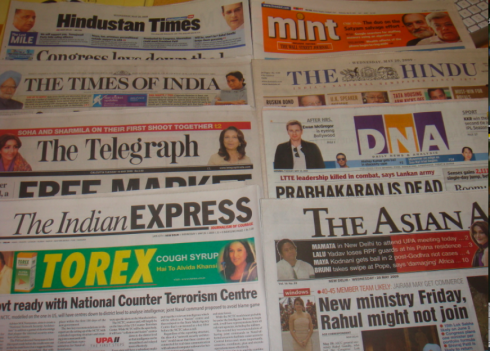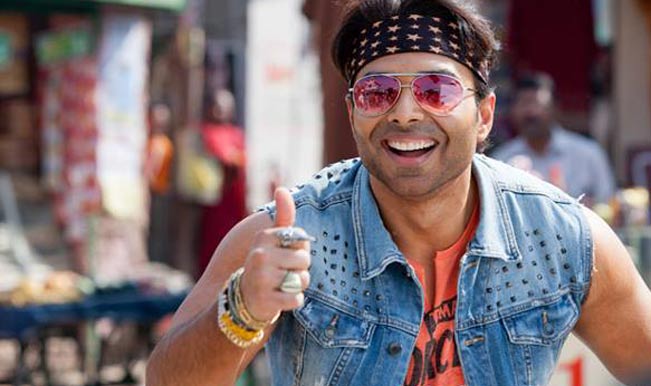From not reading news at all till middle of college, I have come a long way. Everyday I open multiple news sites, twitter accounts and I get multiple newspapers at home. However, most people I know don't actively think about the news that they are consuming. Most editorials in India are really bad. Most places don't do good and enough ground-level reporting.
Here's my opinion on best places to consume news in India. I hunt for news on education, healthcare and data backed opinion so increased bias towards those.
Business-Standard - Excellent overall.
Well researched, insightful pieces that are backed by data. They really clear the air on economy, government efforts and policies. Pretty good editorials also by Shekhar Gupta, Mihir Sharma and Ninan. Way better in content and credibility than Economic Times.
Indian Express - Great general editorials.
Especially Pratap Bhanu Mehta. Their coverage of select stories is also fantastic. However, news selection is limited and tends to get carried away in its anti-establishment angle.
Indiaspend - Data pieces
Finally someone is researching problems in India using data. They cover a wide spread of problems.
Times of India - Widest news coverage
I know, I know. Toilet paper, Times of Boobs etc. Now set aside your outrage. It does have advertorials and lacks credibility. But it has the widest coverage. Everyday I see so much local news covered that is not covered in other newspapers. There is just more news in a TOI paper than in other papers. Compare and see.
It's editorial is pretty bad. They print Chetan Bhagat for christ sakes!
Scroll - Ground reports
They cover more education, education and other social sectors than any other paper. Every few days, a great piece of journalism will come like this one on healthcare in Kolkata.
The wire - Insider, anti-establishment pieces
They need more improvement but still produce some good reads.
Livemint - Good longform articles
Cover business areas that other newspapers don't. My personal favourite is Anurag Behar's column that stands out from the capitalist tone of the business papers.
The Telegraph - Outrageous headlines are fun to read.
Opinion by Mukul Kesavan and Ramachandra Guha are good. Nothing else to write home about.
Hindi - I still haven't come across a really good Hindi newspaper. Navbharat Times has decent news. Lokmat is Indian Express in Hindi so nothing new there. Naubharat is absolutely trash. Amar Ujala is average.
I want to keep on updating this post in light of new information. If you have any suggestions, let me know.
Here's my opinion on best places to consume news in India. I hunt for news on education, healthcare and data backed opinion so increased bias towards those.
Business-Standard - Excellent overall.
Well researched, insightful pieces that are backed by data. They really clear the air on economy, government efforts and policies. Pretty good editorials also by Shekhar Gupta, Mihir Sharma and Ninan. Way better in content and credibility than Economic Times.
Indian Express - Great general editorials.
Especially Pratap Bhanu Mehta. Their coverage of select stories is also fantastic. However, news selection is limited and tends to get carried away in its anti-establishment angle.
Indiaspend - Data pieces
Finally someone is researching problems in India using data. They cover a wide spread of problems.
Times of India - Widest news coverage
I know, I know. Toilet paper, Times of Boobs etc. Now set aside your outrage. It does have advertorials and lacks credibility. But it has the widest coverage. Everyday I see so much local news covered that is not covered in other newspapers. There is just more news in a TOI paper than in other papers. Compare and see.
It's editorial is pretty bad. They print Chetan Bhagat for christ sakes!
Scroll - Ground reports
They cover more education, education and other social sectors than any other paper. Every few days, a great piece of journalism will come like this one on healthcare in Kolkata.
The wire - Insider, anti-establishment pieces
They need more improvement but still produce some good reads.
Livemint - Good longform articles
Cover business areas that other newspapers don't. My personal favourite is Anurag Behar's column that stands out from the capitalist tone of the business papers.
The Telegraph - Outrageous headlines are fun to read.
Opinion by Mukul Kesavan and Ramachandra Guha are good. Nothing else to write home about.
I want to keep on updating this post in light of new information. If you have any suggestions, let me know.









